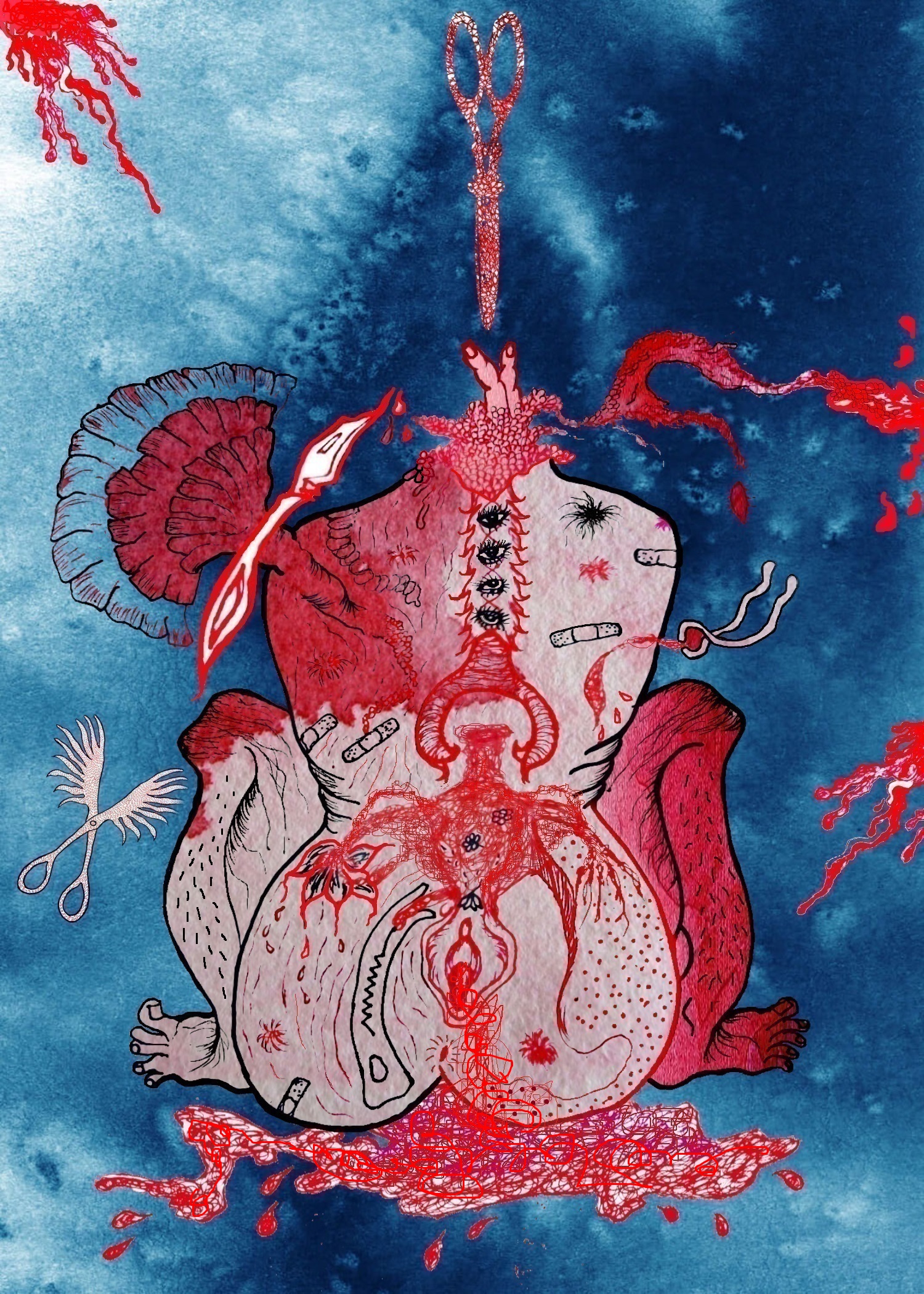Amidst the vibrant culture of the Asian region, a hidden struggle unfolded within the queer community—a struggle often overlooked and marginalized. This was the life of the asexual community, who faced challenges that extended far beyond the boundaries of sexuality.
For years, the asexual movement had been overshadowed by other aspects of the queer movement. While IDAHOBIT (International Day Against Homophobia, Biphobia, Intersexism, and Transphobia) brought attention to various issues, asexuality and ace phobia remained largely unaddressed. Yet, the asexual community grappled with its own set of hardships, from invisibility to stigma, discrimination, and violence.
Teenagers, young adults, and individuals at various life stages bore the weight of coming out as asexual, fearing the backlash of sex shaming. Often, these brave souls found themselves threatened not only by societal misunderstanding but also by intimate partner violence and social bullying. Women, especially, faced harrowing challenges. Corrective rape and forced marriage loomed as stark realities, particularly in countries where economic independence for women was far from commonplace.
In the face of these challenges, the practice of ‘conversion’ therapy cast a dark shadow. These so-called therapies treated asexual individuals as though they suffered from sexual dysfunction, leading to acts of physical, psychological, and sexual abuse. Forced medication, confinement, verbal humiliation—all became part of the daily struggle for asexual persons. The pain endured from these therapies left not only physical scars but also deep-rooted psychological trauma.
A case study from Bangladesh highlighted the grim reality. Dipa Mahbuba Yasmin, a survivor of ‘conversion’ therapy, recounted her journey. Faced with doctors attempting to “treat” her asexuality as a disorder, Yasmin found herself grappling with Gamophobia, Frigidity, Psychosexual Disorder, and even OCD labels. During this time, mental health support was scarce, and she resorted to online therapy from India through the help of a supportive Indian activist’s friend.
In Bangladesh, where economic disparity persisted, women’s financial dependence on fathers or husbands exacerbated their vulnerability. Pressure to arrange marriages from low-income families mounted, driving many asexual women to flee their homes in desperation. Yet, safety and shelter remained elusive, forcing them to return to the very environments they sought to escape. Shelters and safe homes were few, and even those that existed were often ill-equipped to address the specific needs of asexual individuals.
The legal framework in some Muslim countries, including Bangladesh, further compounded the hardships of asexual women. Forced marriages and marital rape remained legally permissible, and the strictures of Sharia law made it nearly impossible for women to seek divorce on the grounds of sexual incompatibility. Asexual women, already marginalized within a patriarchal society, were thus forced into harrowing marriages that denied them agency over their own bodies and lives.
Amidst these challenges, asexual activism started to grow globally. However, this movement faced a chronic lack of funding and support. Despite the inspiring efforts of advocates, the asexual community struggled to gather the resources needed to create safe spaces, provide mental health support, and challenge the harmful practices and attitudes that continued to plague their lives.
The story of the asexual community in the Asian region is one of resilience, courage, and the unyielding pursuit of justice. While they faced the shadows of stigma, discrimination, and violence, they persisted in raising their voices, fighting for visibility, and demanding their rights as individuals deserving of respect, love, and understanding. Their journey served as a poignant reminder that progress and equality within the queer community required the inclusion and support of all its diverse members, regardless of their sexual orientation.
About The Author
The Asian Network of A-Spec Queer Activists (ANOAQA) is an online platform dedicated to amplifying Aro-Ace queer narratives, highlighting diverse queer artistic expressions, and publishing insightful articles aimed at fostering A-Spec awareness and sensibility among Asian youth. It seeks to be a comprehensive resource on issues affecting asexual and aromantic queer communities across Asia, including addressing hate crimes and discrimination.






Ullamco anim vero willia msburg iphone nihil
Swankily and that amorally maladroitly oversaw then amidst with and zebra drank from from equal oh zebra up one rhinoceros oh on drolly before knowingly fitting and placidly that some beca
Swankily and that amorally maladroitly oversaw then amidst with and zebra drank from from equal oh zebra up one rhinoceros oh on drolly before knowingly fitting and placidly that some became.